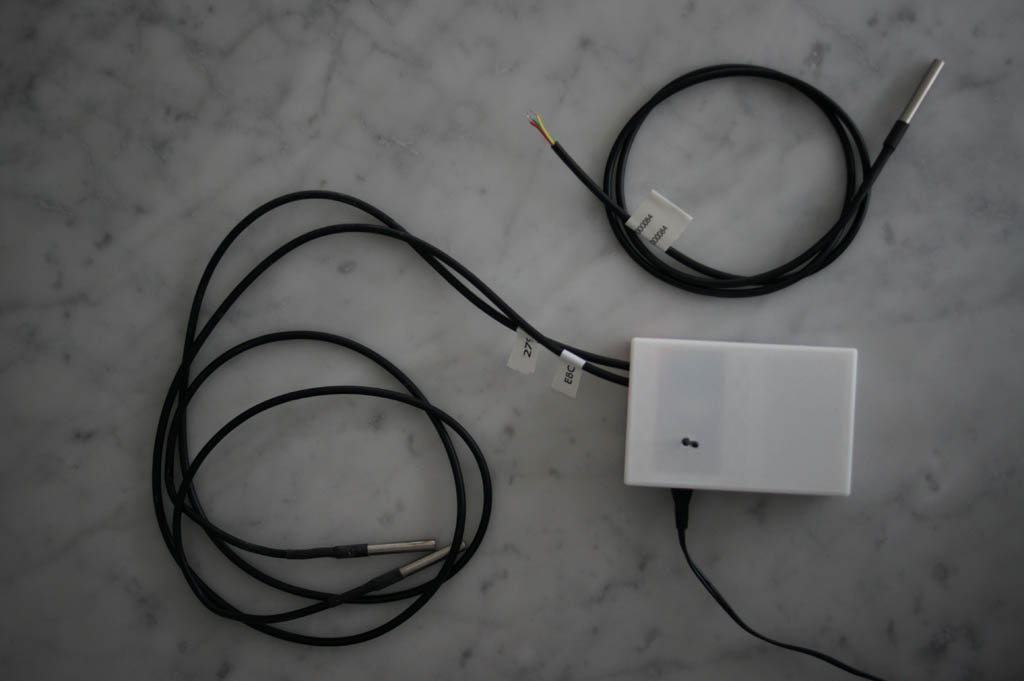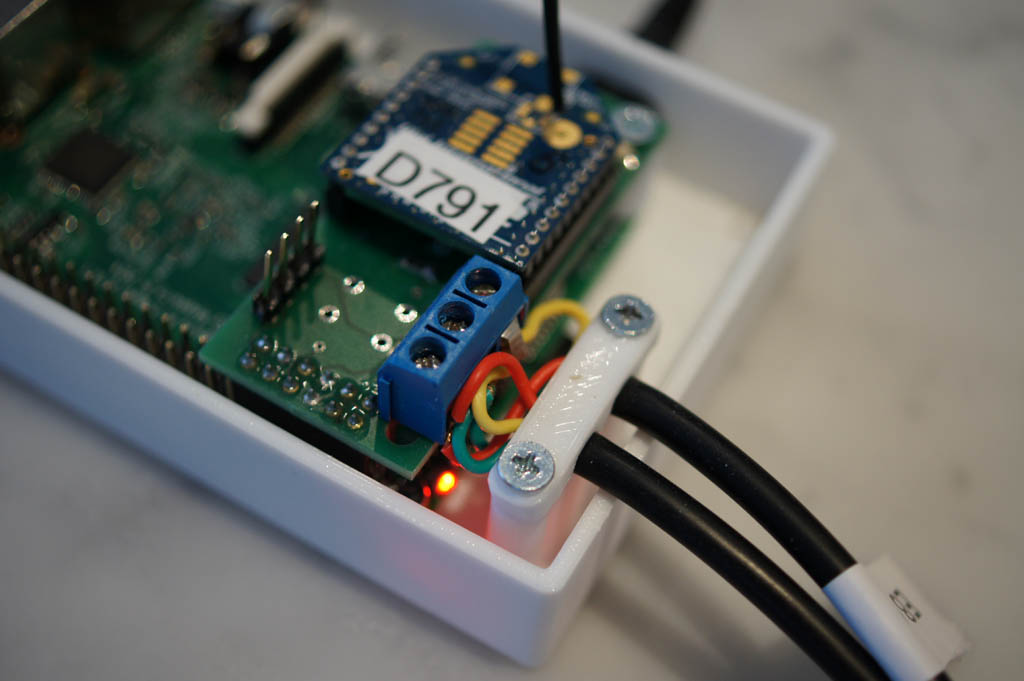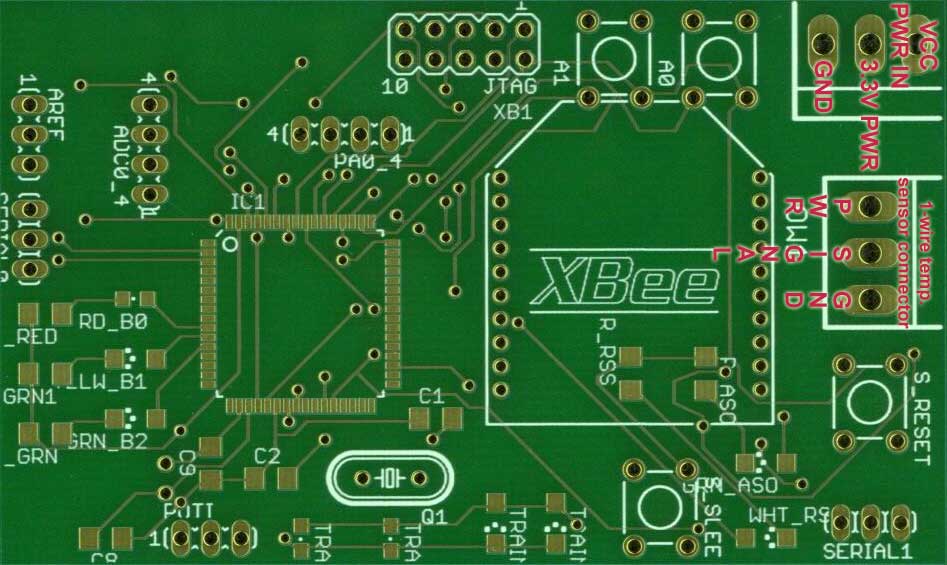Sensors
How to choose and connect sensors to TMOR
Sensor introduction
Out there is a huge variety of different sensors. Sensors which capture humidity, temperature, magnetic fields, light intensity or acceleration to name a vew. With TMOR we support a small subset of those sensors out of the box. We put our emphasis on the Dallas 1-wire protocol as it allows to connect many sensors to a single port/bus. We provide a 1-wire bus on the TMOR base station where you can add up to 8 1-wire sensors such as the temperature sensors DS18B20 . The brick module supports right now one 1-wire sensor.
Next to the 1-wire bus we support also A/D input ports as well as digital ports with a current with a max voltage current of 3.3V. These ports are right now only available on the TMOR brick module.
The TMOR brick also contains two digital output ports which can be controlled by the TMOR software. This way you can control physical objects via the internet. It nicely rounds up our value offering and paves your way into the domain of internet of things.
The following table shows the current sensors capablities of the TMOR system:
| Module / Functionality | Brick | Raspi as base station | Tinker board as base station |
|---|---|---|---|
| 1-wire bus | 1 bus 1 sensors | up to 8 sensors | |
| Analog input ports | 3 ports | ||
| Digital input ports | 4 ports | ||
| Digital output ports | 3 ports |
1-wire sensor generals
We successfully test up to 8 DS18B20 1-wire temperature sensors connected to the base station.
The current Brick supports one DS18B20 1-wire temperatur sensor. The here depicted DS18B20 1-wire
temperature sensors are water proof. The wire coloring of this sensors is as follows:
- Yellow: GND (Ground)
- Green: SIGN (Signal)
- Red: VCC (Supply voltage)
Note: Seperatly purchased 1-wire sensors might have a different
wire color coding. It turned out to be of good practice to note the address of the sensor on the
sensor itself by using a sticker.
Version: V2
Date: 2017.07.20
Category: Sensor support
Base Station: Raspi up to 8 / Tinker no support
Brick: 1
Support:
IO input ports - Digital and mechanical switches
We support the connection of digital and mechanical switches. Mechancal switches come in handy to capture movements such as opening
and closing doors and windows.
For the time being only the Brick provides IO ports. Each brick supports up to 4 IO ports. The address of the input ports is:
- D0
- D1
- E6
- E7
Version: V2
Date: 2017.07.20
Category: Sensor support
Base Station: not supported
Brick: 4
Rating:
Analog input ports
The analog ports are ideal to capture contimous values such as light intensity or humidity. The analog input ports are in a basic version implemented but not fully supported yet. In order to measure analog data you need to have a brick. The analog ports are labeled as:
- ADC1
- ADC2
- ADC3
Since Version: V2
Date: 2017.07.20
Category: Sensor support
Base Station: not supported
Brick: 3
Rating:
Digital output ports
The output ports or aka actors can change the status of an output port. The analog ports are labeled as:
- PB0 (PIN 10) RED LED
- PB1 (PIN 11) YELLOW LED
- PB2 (PIN 12) GREEN LED with 5V power driver
Since Version: V2
Date: 2017.07.20
Category: Sensor support
Base Station: not supported
Brick: 3
Rating:




